'Baby Boom' – the jet that could bring back supersonic travel
The prototype's successful test flight could make it the successor to the ground-breaking Concorde
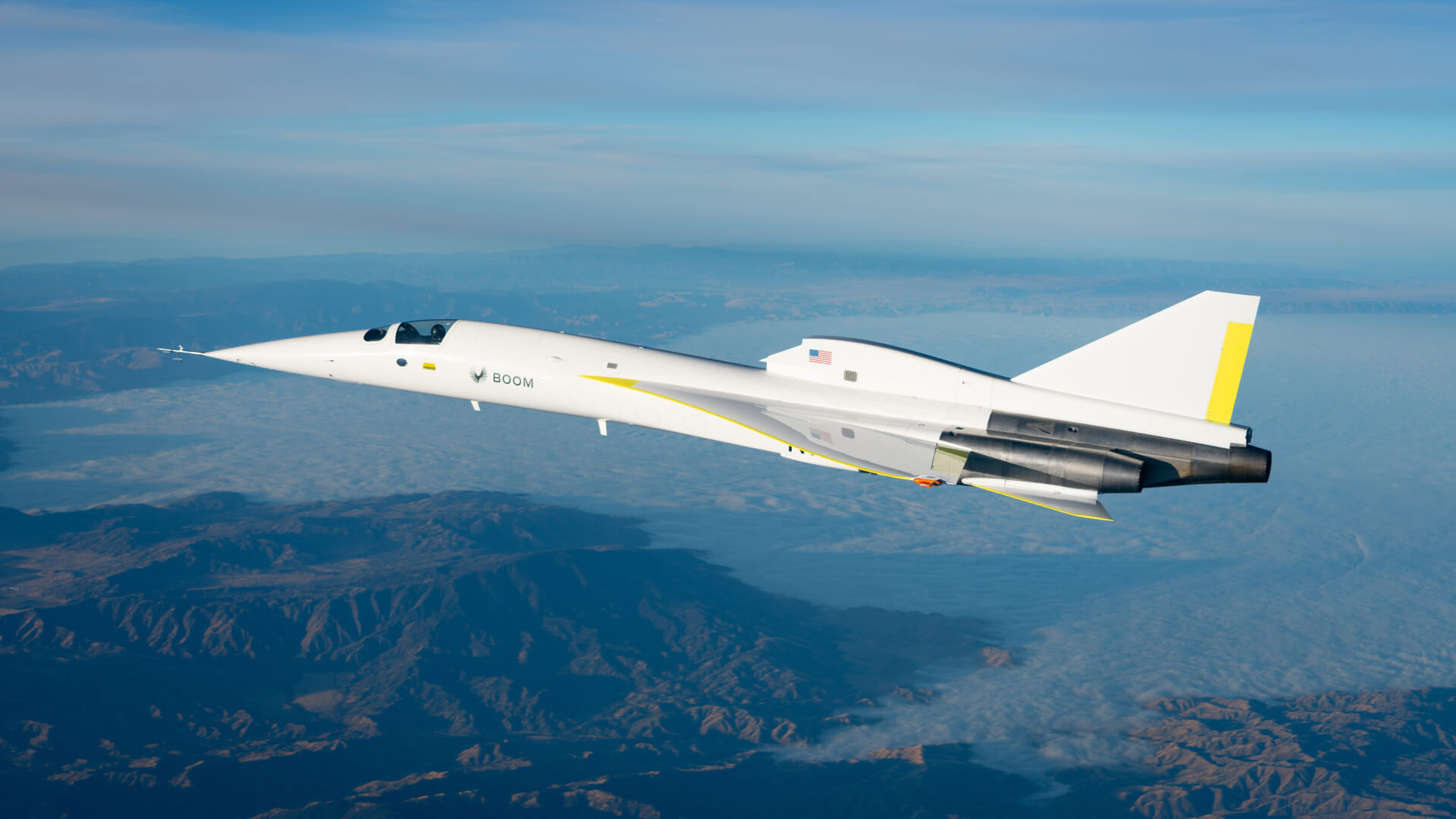
A small prototype jet has broken the sound barrier, making it a possible successor to Concorde more than two decades after the iconic aircraft disappeared from our skies.
The test flight might have come "years later than expected and lasted just 12 minutes", said The European, but it could herald the return of supersonic travel, halving some commercial journey times.
What happened to Concorde?
The era of supersonic commercial flying "came to an abrupt end" in 2003 with the retirement of Concorde, said the Financial Times. The revolutionary aircraft's high fuel consumption made it "extremely expensive" to operate and its "loud noise" limited it to only transatlantic routes.
The Week
Escape your echo chamber. Get the facts behind the news, plus analysis from multiple perspectives.

Sign up for The Week's Free Newsletters
From our morning news briefing to a weekly Good News Newsletter, get the best of The Week delivered directly to your inbox.
From our morning news briefing to a weekly Good News Newsletter, get the best of The Week delivered directly to your inbox.
The entire fleet was grounded following a fatal crash in July 2000 and then the wider slump that followed the 9/11 attacks the following year proved to be "the final straw" for Concorde, which was officially retired.
How fast can it go?
The scaled-down prototype, nicknamed the "Baby Boom", broke the sound barrier for the first time during a test flight over the Mojave Desert in California in late January. The small jet, officially called XB-1, reached an altitude of 35,000 feet before accelerating to Mach 1.1 (844mph) – "10% faster than the speed of sound", said Sky News.
Boom Supersonic, the Colorado-based company that made the jet, hailed its test flights as a major milestone towards the return of supersonic air travel. Founder and CEO Blake Scholl said he hopes now to "bring the benefits of supersonic flight to everyone", predicting that the market for supersonic passenger jets could be "easily over 1,000 aircraft".
When might it carry passengers?
The XB-1 is a small prototype. It's 63 feet long, which is about one-third the size of Overture, the supersonic commercial airliner the company hopes to make. Overture is intended to seat between 64 and 80 passengers and travel at speeds of up to Mach 1.7.
A free daily email with the biggest news stories of the day – and the best features from TheWeek.com
That could allow the aircraft to "halve some flight times", said the Financial Times, making trips between London and Miami in just under five hours. Designed to fly more than 600 routes around the world, it's already been pre-ordered 130 times by industry giants such as American Airlines, United Airlines and Japan Airlines.
It would be built using new materials such as carbon fibre and would be more fuel-efficient than Concorde, said Scholl. Its engines would also be able to use sustainable aviation fuel. Boom Supersonic hopes to begin carrying passengers on Overture as early as 2029 and expects to charge around $5,000 for a seat.
Chas Newkey-Burden has been part of The Week Digital team for more than a decade and a journalist for 25 years, starting out on the irreverent football weekly 90 Minutes, before moving to lifestyle magazines Loaded and Attitude. He was a columnist for The Big Issue and landed a world exclusive with David Beckham that became the weekly magazine’s bestselling issue. He now writes regularly for The Guardian, The Telegraph, The Independent, Metro, FourFourTwo and the i new site. He is also the author of a number of non-fiction books.
-
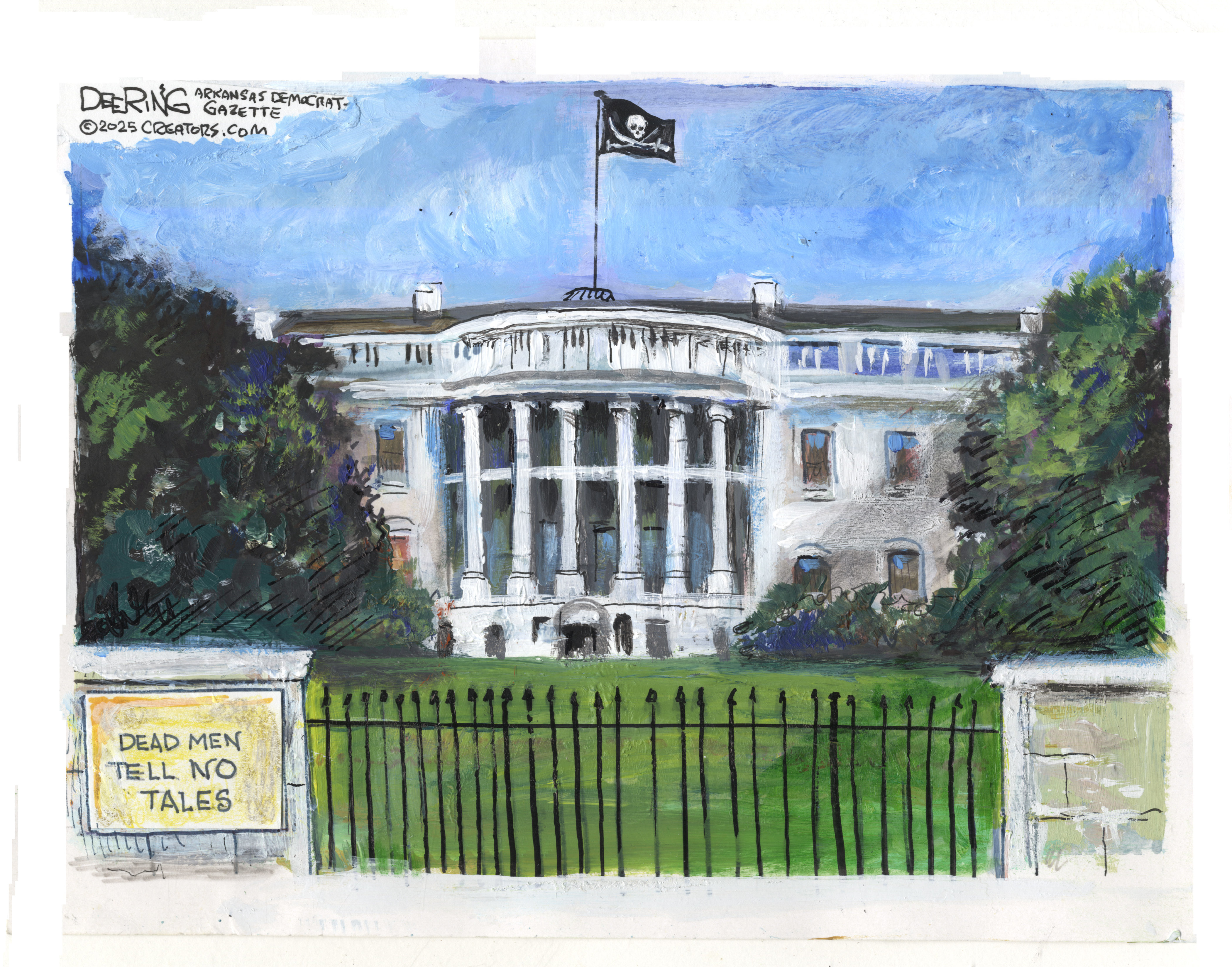 Political cartoons for December 14
Political cartoons for December 14Cartoons Sunday's political cartoons include a new White House flag, Venezuela negotiations, and more
-
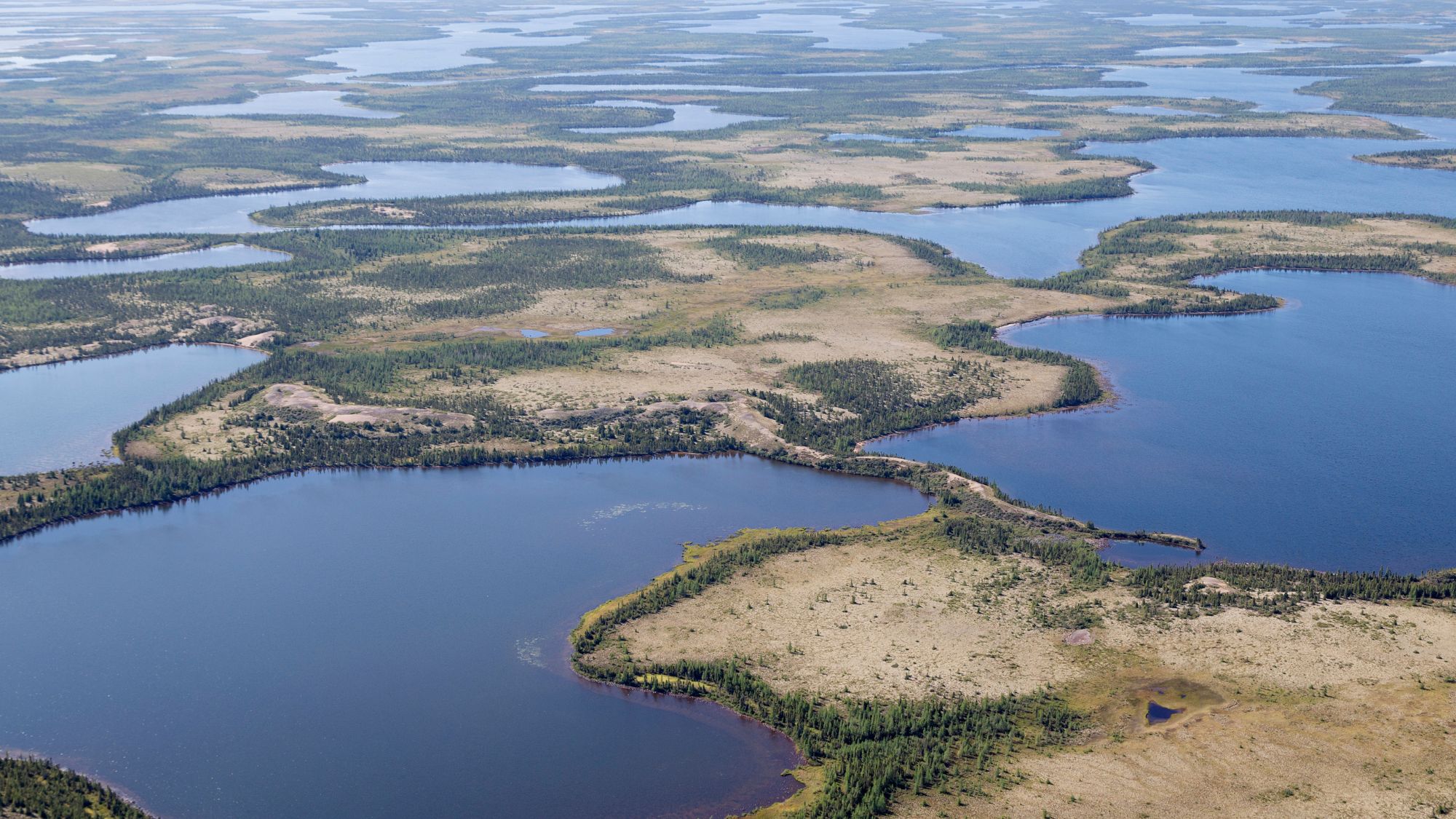 Heavenly spectacle in the wilds of Canada
Heavenly spectacle in the wilds of CanadaThe Week Recommends ‘Mind-bending’ outpost for spotting animals – and the northern lights
-
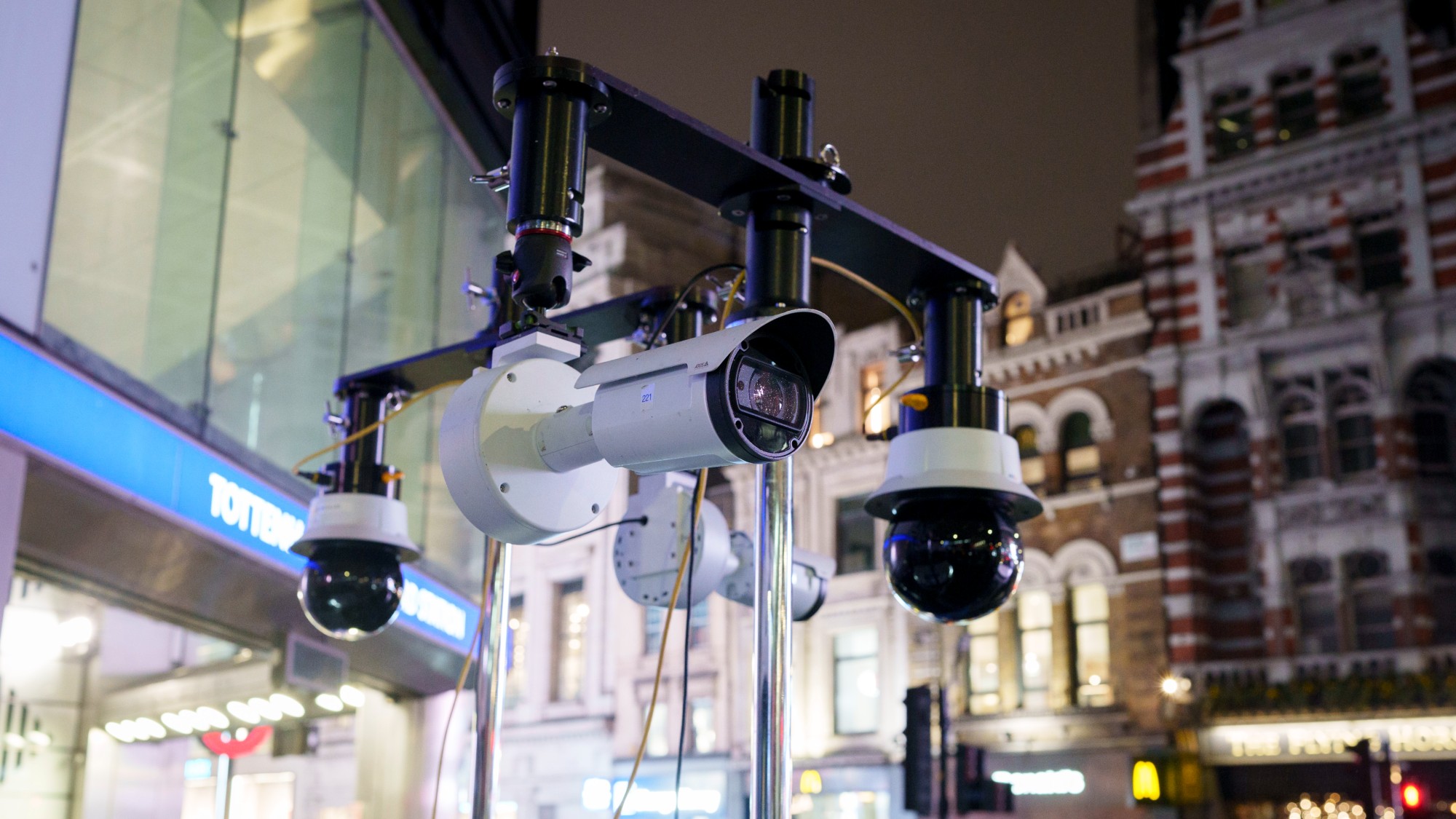 Facial recognition: a revolution in policing
Facial recognition: a revolution in policingTalking Point All 43 police forces in England and Wales are set to be granted access, with those against calling for increasing safeguards on the technology
-
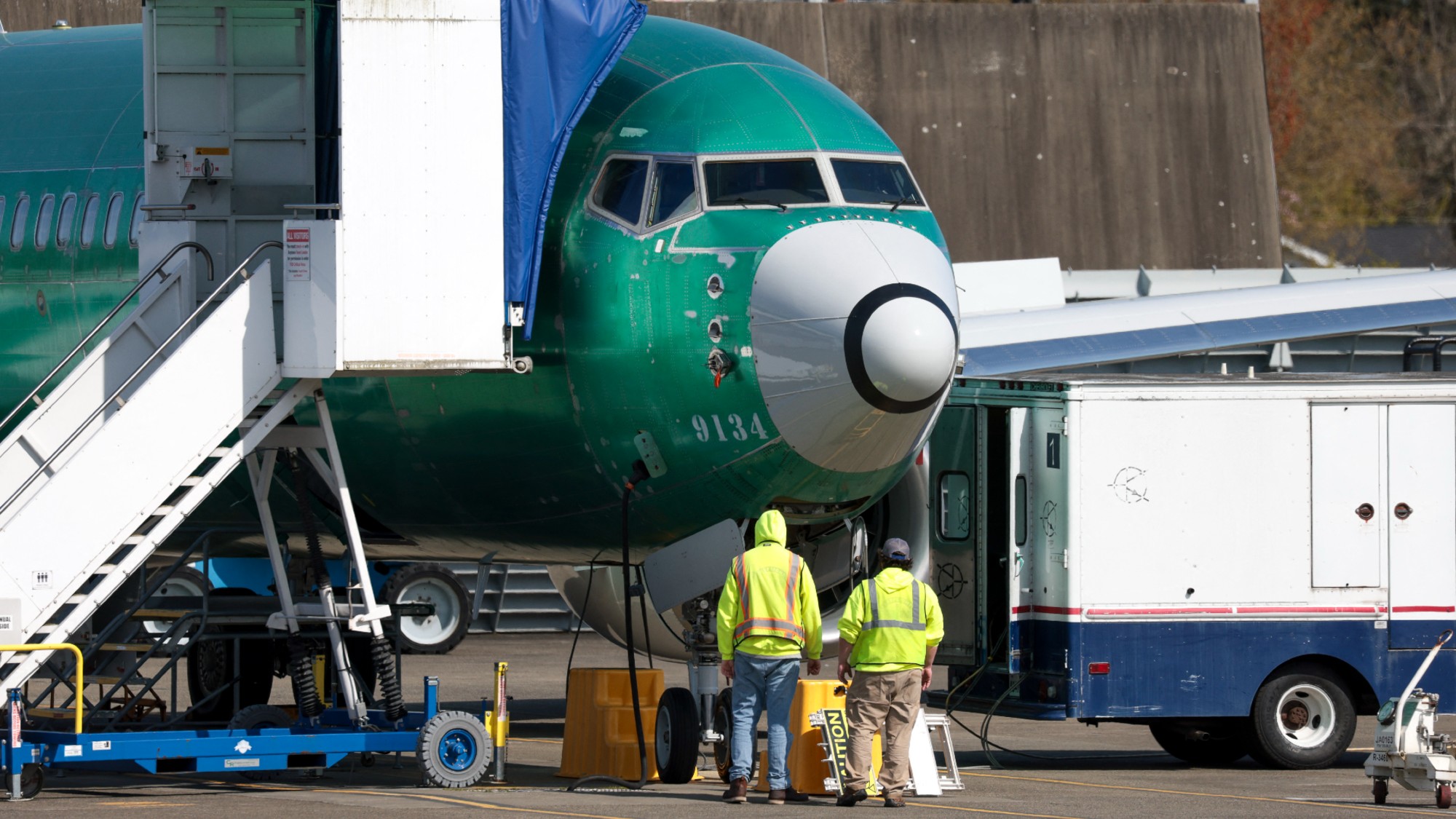 Questions abound over the FAA’s management of Boeing
Questions abound over the FAA’s management of BoeingTalking Points Some have called the agency’s actions underwhelming
-
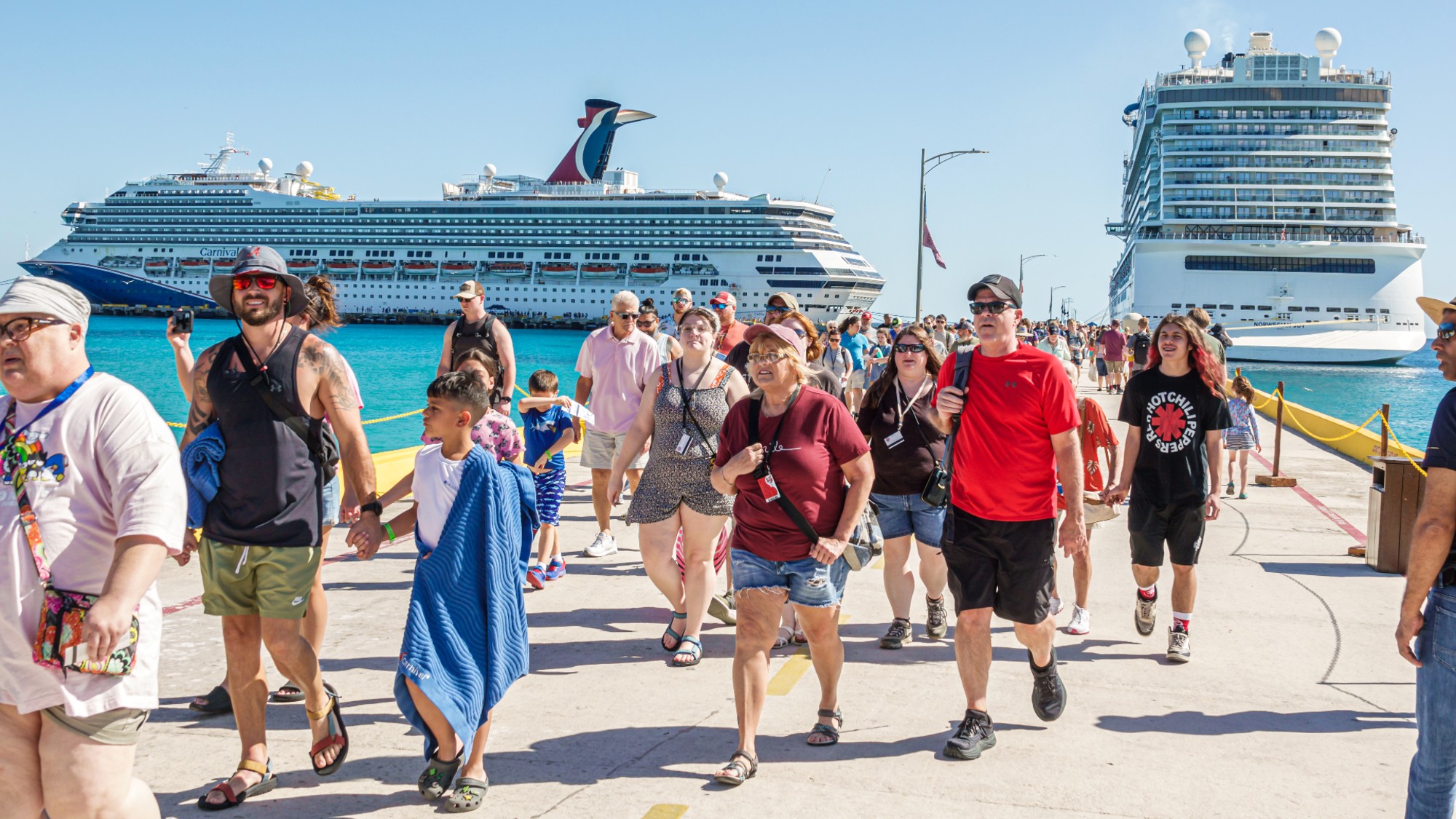 Trouble on the seas as cruise ship crime rates rise
Trouble on the seas as cruise ship crime rates riseThe Explainer Crimes on ships reached nearly a two-year high in 2025
-
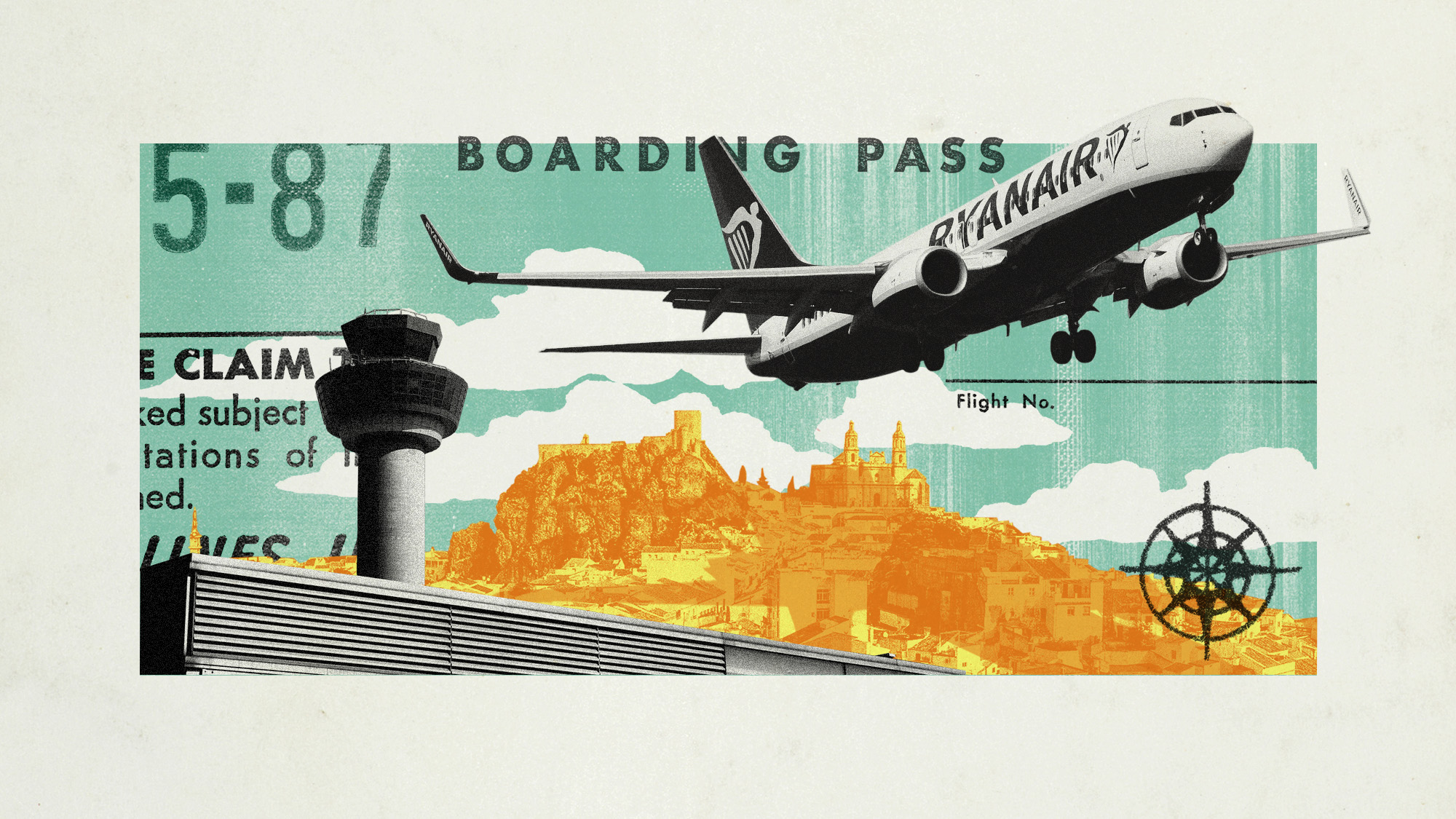 ‘Hypocrisy’ and ‘blackmail’: Ryanair’s feud with Spain
‘Hypocrisy’ and ‘blackmail’: Ryanair’s feud with SpainUnder the Radar Bitter row over rising fees sees the Irish budget airline slash a million seats on regional routes this winter
-
 Don't fly by the seat of your pants. Do it the healthy way with these airborne tips.
Don't fly by the seat of your pants. Do it the healthy way with these airborne tips.The Week Recommends Yes to stretching. Even more yesses to hydration.
-
 What happened to Air India Flight 171?
What happened to Air India Flight 171?Today's Big Question Preliminary report reveals 'fundamental reason' why jet crashed, but questions remain about whether it was 'deliberate, accidental or if a technical fault was responsible'
-
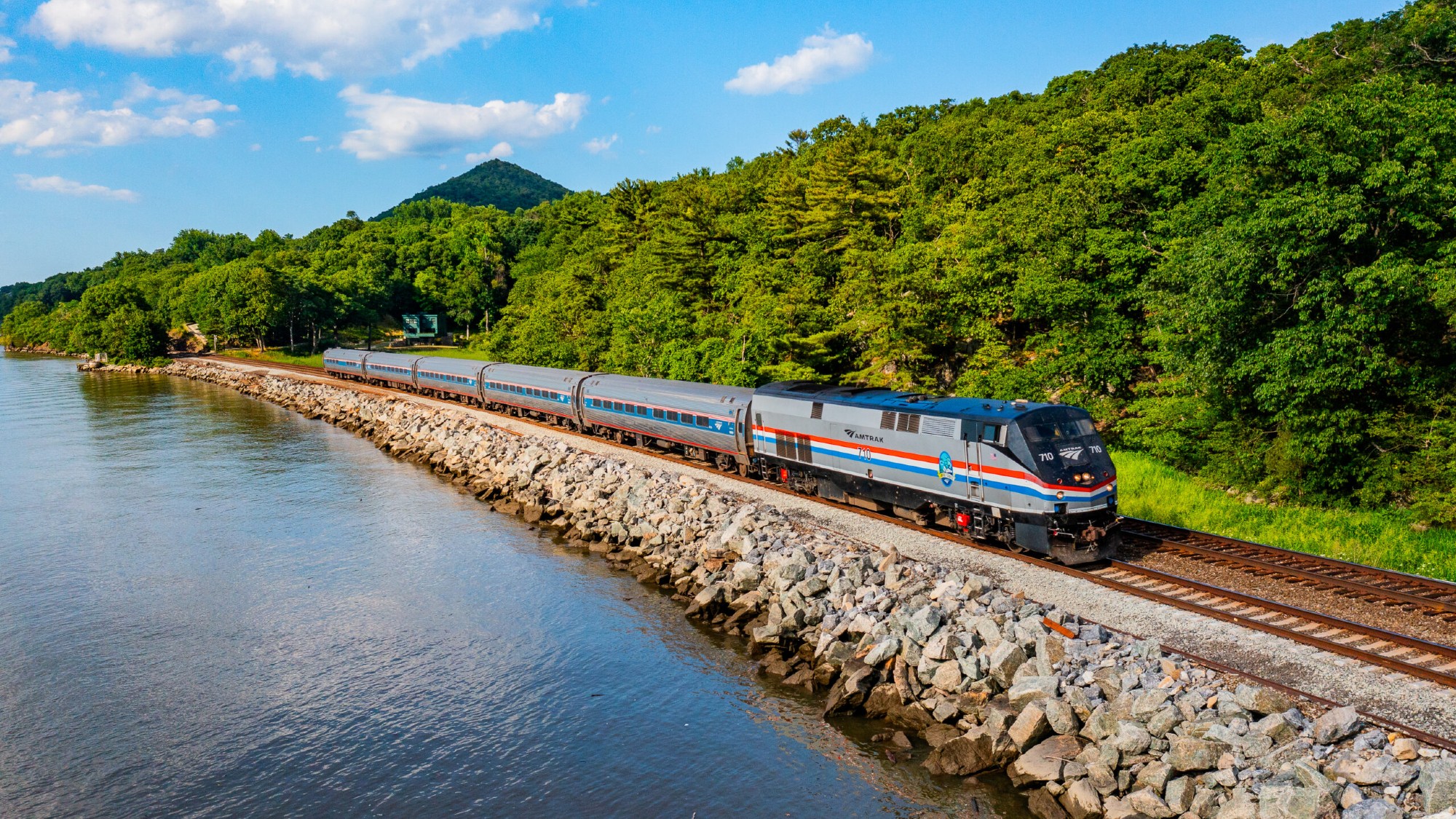 The ins and outs of experiencing the best of travel by Amtrak
The ins and outs of experiencing the best of travel by AmtrakThe Week Recommends The journey is slower, but the scenery is stunning
-
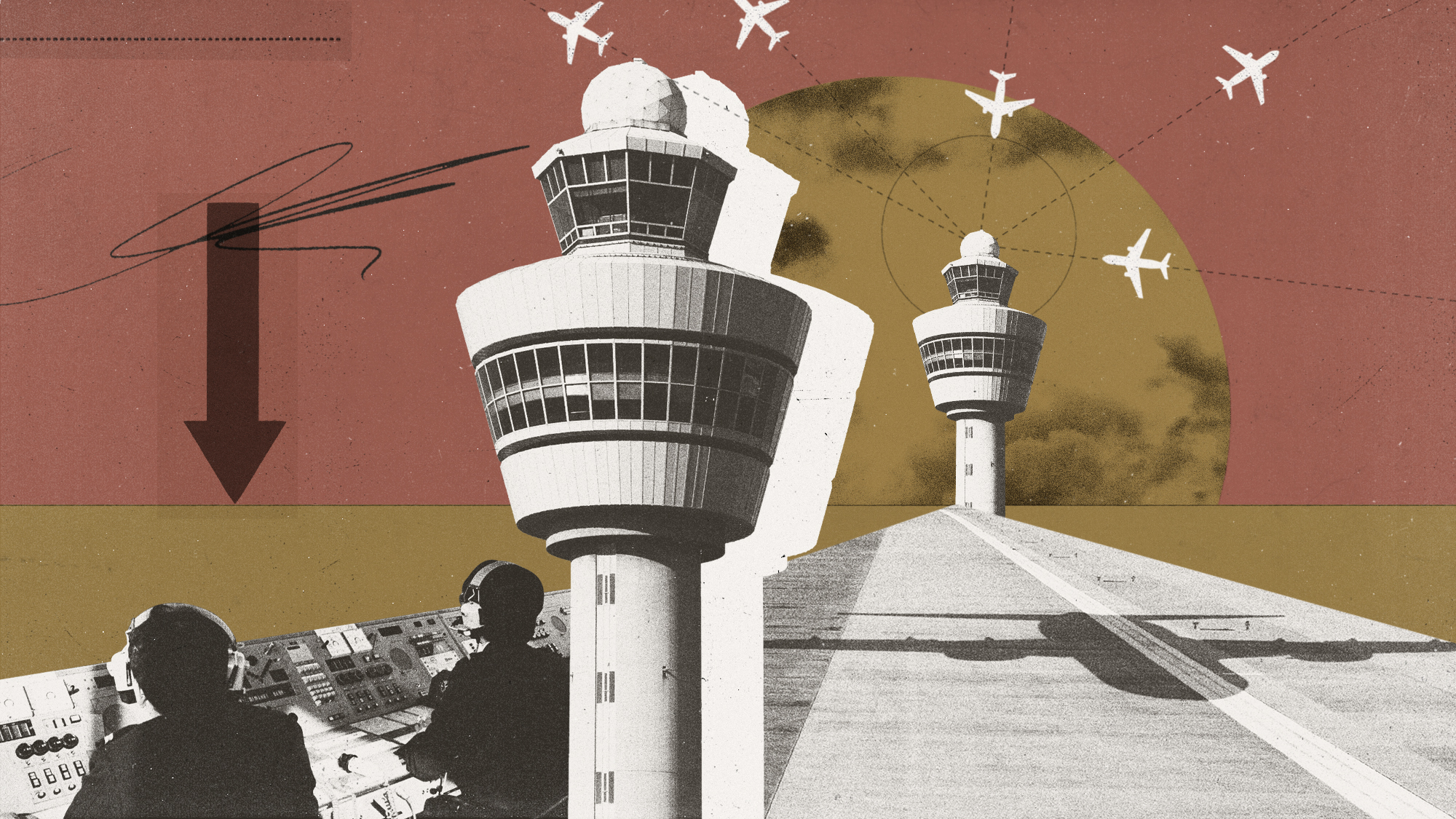 What's wrong with America's air traffic control systems?
What's wrong with America's air traffic control systems?Today's Big Question The radios and radar keep going out at Newark International
-
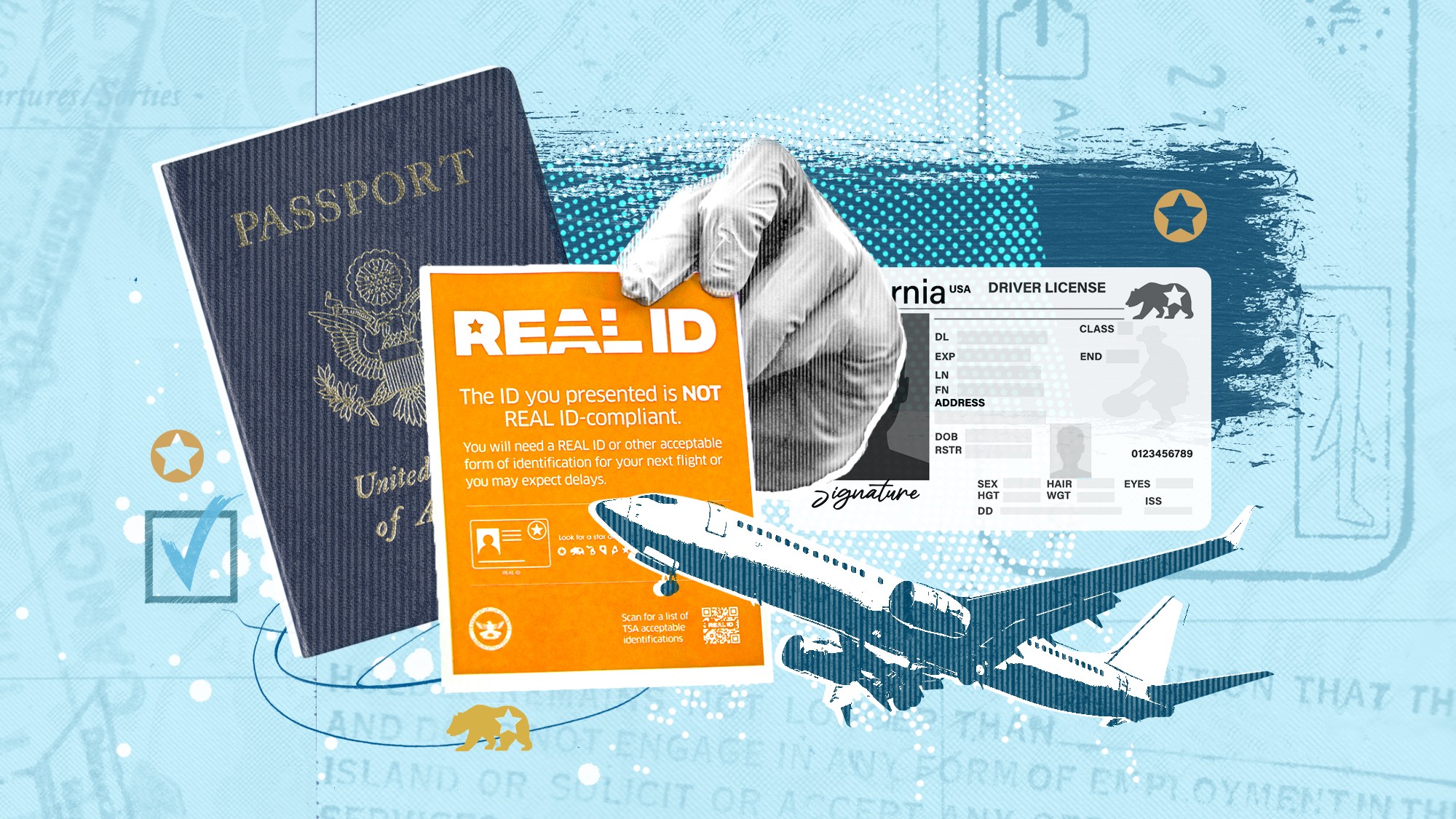 What to know about Real IDs, America's new identification cards
What to know about Real IDs, America's new identification cardsThe Explainer People without a Real ID cannot board a commercial flight as of May 7, 2025